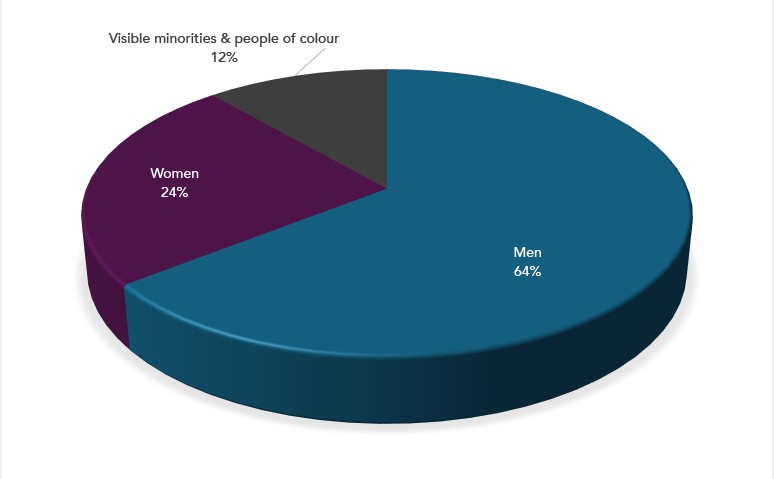Decolonizing the Language of Photography
Capture
〰️
Take
〰️
Shoot
〰️
Subject
〰️
headshot
〰️
Trigger
〰️
Capture 〰️ Take 〰️ Shoot 〰️ Subject 〰️ headshot 〰️ Trigger 〰️
Photography is often celebrated as a universal medium for storytelling, connection, and creativity. But like many arts, it carries a history interwoven with systems of power, colonization, and exploitation. The language we use to describe photography—words like capture, shoot, and subject—reflect those histories, often unconsciously reinforcing dynamics of control, violence, and dehumanization.
Over the past few years, I’ve felt a deep need for connection and a desire to better understand my own inner workings and beliefs. I’ve come to see love as a universal language—far more accessible than the rigid constructs of modern society make it seem. In a world shaped by fear, domination, and colonization, I believe it’s essential to question these systems at the very least, and ideally, work toward deconstructing them entirely.
Words matter, and I’m deeply committed to serving others with empathy and compassion. This commitment has driven me to educate myself on being trauma-aware and to approach my work with sensitivity and care. Creating intimate experiences is not something I take lightly—it’s an honour. Supporting people in telling their stories is a privilege I hold with great respect, and I strive to provide a high-touch, mindful, and deeply human experience.
In this blog, we’ll explore the historical context of some common photography terms and consider how rethinking our language can foster more inclusive, respectful practices. By decolonizing the words we use, we can realign photography with values of agency, collaboration, and mutual respect.
Terms to Rethink
Capture
Alternatives : Frame, Create, Document, Photograph, Record
Take (e.g., Take a photo)
Alternatives : Make, Create, Compose, Produce
Shoot (e.g., Photoshoot, Shoot a subject)
Alternatives : Session, Photograph, Picture
Subject (referring to the person being photographed)
Alternatives : Participant, Collaborator, Muse, Individual
Headshot
Alternatives : Portrait, Head & shoulders portrait, Profile photograph
Trigger (referring to the camera mechanism or as a verb)
Alternatives : Activate, Click, Release
Expose (referring to exposure or revealing parts of someone’s identity)
Alternatives : Illuminate, Highlight, Balance
Shoot Through (e.g., Shooting through glass or objects)
Alternatives : Photograph through layers, Compose with hand-made filter
Focus on the Target
Alternatives : Direct the gaze, Centre the frame, Direct attention to
Master (e.g., Mastering a skill, or historically tied to hierarchical systems)
Alternatives : Perfect, Refine, Deepen expertise
Master / Slave (referring to the mode that instructs a flash unit to monitor incoming light (slave), and fire when it senses the light from the (master) flash
Alternatives : Primary / Secondary, Controller / Remote, Main / Sync, Key / Remote, Source / Satellite
Edit Ruthlessly
Alternatives : Edit thoughtfully, Curate intentionally
Capture the Moment
Alternatives : Document the moment, Preserve the memory, Frame the feeling
Silent Shooting (for cameras without shutter noise)
Alternatives : Quiet mode, Discrete photographing
Kill the Shadows / Highlights
Alternatives : Adjust the shadows/highlights, Balance tonal range
Take Your Shot
Alternatives : Create your Image, Compose your Frame, Document
Frame the Subject
Alternatives : Compose the Scene, Arrange the Image, Frame your Muse
Target Audience
Alternatives : Intended audience, Key demographic
Some history on some terms
"Capture"
Historical Context: Rooted in ideas of control and ownership, "capture" evokes imagery of conquest and colonization, where people, land, and resources were seized and claimed. Early photographers often "captured" images of Indigenous peoples and colonized subjects, reducing them to objects of study or spectacle without consent.
Why It Matters: Using "capture" to describe photography subtly reinforces a power dynamic that aligns with these exploitative histories.
Alternative: Words like document, craft, or create shift the focus to collaboration and artistry rather than possession.
"Shoot"
Historical Context: The word “shoot” is tied to weaponry and violence, emerging from the early parallels between cameras and guns. In fact, Kodak marketed cameras as tools for “hunting” images, framing the act of photography as a kind of visual conquest.
Why It Matters: In a world increasingly aware of the trauma of gun violence, this term can alienate and trigger, especially for marginalized communities. Transitioning to alternatives like photograph, experience or session removes violent undertones.
"Take"
Historical Context: Like "capture," "take" implies seizing something for oneself, echoing colonial narratives of extraction and exploitation. Early photographers "took" photographs of people and places, often without permission, particularly in colonized territories. And in more contemporary times, all the photographs ‘taken’ without consent, that continue to be a powerful medium in children and human exploitation cases.
Why It Matters: Reframing this language to make, create or compose emphasizes the intentional, creative process behind photography rather than a unilateral act.
"Subject"
Historical Context: This term has roots in hierarchical systems where "subjects" were individuals under the control of monarchs or colonial powers. In photography, it reinforces a dynamic where the photographer is the authority and the person being photographed is passive or subordinate.
Why It Matters: Words like participant, collaborator, or individual recognize agency and autonomy, aligning with contemporary values of consent and mutual respect.
"Expose"
Historical Context: Historically tied to exposure in photography, this term also carries connotations of vulnerability, particularly in colonial photography, where images of "exotic" subjects often stripped them of dignity and privacy.
Why It Matters: Replacing expose with terms like illuminate or highlight honours the dignity of the photographed person or scene.
"Headshot"
Historical Context: Borrowed from military jargon, "headshot" evokes violence and dehumanization. While it’s now standard industry terminology, the association can feel jarring or out of place in contexts emphasizing care and inclusivity.
Why It Matters: Using portrait or profile photo softens the language and better aligns with the artistry of photography.
whose stories are being told by whom ?
It’s crucial to question the origins of a story and the perspective from which it’s being told. Decolonizing language is part of the work, but colonialism runs much deeper—it’s a systemic force shaping our culture and nearly every industry. The gender and ethnic gaps are apparent but, as more women and people of colour rise to positions of influence within these structures, I hope we can continue to dismantle the constructs that perpetuate inequality and work toward a world rooted in equity and empathy.
Photography, once the domain of a select and elite few, is now a ubiquitous part of life—our phones, essentially extensions of ourselves, have made everyone a potential storyteller. But let’s not overlook how this medium can be manipulated. From Photoshop to app filters, AI, and the proliferation of fake news, photography can just as easily distort reality as it can reveal truth. We must remain critically aware, question everything, and commit to ongoing education.
From my research, it is clear that photographic narratives remain largely dominated by white men. This is a direct reflection of patriarchal structures that continue to privilege certain groups while excluding or marginalizing others. Although it is difficult to find and verify precise data, here are the approximate statistics I was able to compile in December 2024:
Canon Canada: 19 ambassadors ➛ 6 women - 4 people of colour
Canon US: 37 ambassadors ➛ 12 women - 9 people of colour
Canon Europe: 138 ambassadors ➛ 35 women - 10 people of colour
Canon Philippines: in 2021, Canon Philippines faced backlash after announcing an all-male list of ambassadors, showcasing a clear gap in gender diversity.
Nikon Canada: 23 ambassadors ➛ 10 women - 5 people of colour
Nikon USA: 37 ambassadors ➛ 17 women - 7 people of colour. The brand has shown efforts to improve, diversifying recent recruits.
Sony Alpha Universe: 91 ambassadors ➛ 30 women - 14 people of colour
Sony Europe: 89 ambassadors ➛ 11 women - 2 people of colour
Fujifilm North America: 36 ambassadors ➛ 8 women - 3 people of colour
Leica: Historically, its branding has always leaned towards elite, male-dominated perspectives. And despite recent campaigns to spotlight diverse voices including collaborations with photographers of different genders and ethnicity, their specific breakdown of ambassadors remains unclear and not at all transparent.
Visual representation of these numbers
Decolonizing our mindset
words matter
Acknowledging the roots of the words used in our language opens up space to reimagine a medium such as photography as an act of connection rather than domination. This shift is especially important when working with marginalized communities, where words carry histories that may still resonate painfully today.
Language shapes how we see and engage with the world. In photography, it influences not just how we describe our art, but also how we relate to the people and environments we photograph. Decolonizing the language of photography isn’t about policing words or erasing the past—it’s about consciously choosing words that honour the artistry, humanity, and connections at the heart of this medium.
By making these small but significant shifts in how we speak about photography, we can create a more thoughtful, inclusive, and empathetic practice—one that reflects the beauty and diversity of the stories we seek to tell.
“Coming from a trauma-informed perspective and a decolonizing mindset is the most loving thing we can do. It’s one point of awareness we can start with as a small entryway to the whole decolonization movement, which we value strongly at Photographers Without Borders.” — Dani Khan Da Silva, Founder of PWB
This obviously and absolutely also applies to ALL things in life, not just photography. I invite you to go and see this TEDx that I appreciate by Noémie de Lattre, who talks about the French language, specifically, and the importance of words. It’s a process and I still catch myself using some of these terms … grace and indulgences are necessary as we learn to do better. And so I inject this perspective and these ideas into the heart of my work as I'm committed to serving you with empathy and compassion. I understand the courage it takes to step in front of the camera, and it is an honour to offer you a space, celebrate your story and create images that reflect your truth.
Let's create together an experience that is deeply personal, empowering and affirming.
Ready to tell your story through photography? Let’s start a conversation.




















